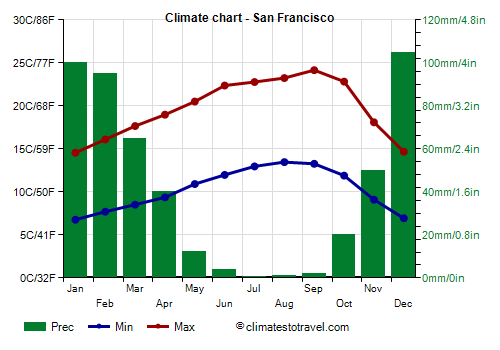We've recently contracted to replace our 17-yo solar panels and inverter with a new system to start a new 20-year NEM2 contract with PG&E in northern California. We are doubling the size of our previous solar installation (which served our needs under NEM1) in order to accommodate an EV and a heat pump in addition to our current loads.
We have a 16-year-old natural gas furnace that is currently working okay, but it has had several problems in the past few years that cost several hundred dollars to fix, so we think it is reaching the end of its life. We have never had AC in the house, but the heat last summer convinced us that it may be time to invest in it now. We had 15 days over the last summer when the indoor temperatures approached 90F despite our cooling the house down overnight and buttoning up tight and using shades during the day.
So prior to replacing the HVAC system I've been trying to learn about heat pumps. I know that there are whole house systems and mini-splits. We have all the central heating ducts in place, so a whole house system seems the way to go for us...possibly even a dual fuel system. And the sizing and efficiency numbers seem to be straightforward enough. What I don't quite get is the single stage/double stage/variable speed stuff. Do these terms refer to the air blower or the compressor? And what goodness do they provide...energy efficiency, cost efficiency, mechanical efficiency, soft start capability, ability to fine-tune the heating/cooling output? I have googled these things and mostly come up with websites that are marketing a product. The references to those terms are more sales and jargon than actual explanation. Can you shed some light on what multi-stage and variable speed mean wrt heat pumps? What I ultimately want is a system that doesn't have a huge start-up amperage and that can effectively heat our 2000 sq ft house when it is down into the mid-20's outside, which is where our overnight winter lows usually fall.
We have a 16-year-old natural gas furnace that is currently working okay, but it has had several problems in the past few years that cost several hundred dollars to fix, so we think it is reaching the end of its life. We have never had AC in the house, but the heat last summer convinced us that it may be time to invest in it now. We had 15 days over the last summer when the indoor temperatures approached 90F despite our cooling the house down overnight and buttoning up tight and using shades during the day.
So prior to replacing the HVAC system I've been trying to learn about heat pumps. I know that there are whole house systems and mini-splits. We have all the central heating ducts in place, so a whole house system seems the way to go for us...possibly even a dual fuel system. And the sizing and efficiency numbers seem to be straightforward enough. What I don't quite get is the single stage/double stage/variable speed stuff. Do these terms refer to the air blower or the compressor? And what goodness do they provide...energy efficiency, cost efficiency, mechanical efficiency, soft start capability, ability to fine-tune the heating/cooling output? I have googled these things and mostly come up with websites that are marketing a product. The references to those terms are more sales and jargon than actual explanation. Can you shed some light on what multi-stage and variable speed mean wrt heat pumps? What I ultimately want is a system that doesn't have a huge start-up amperage and that can effectively heat our 2000 sq ft house when it is down into the mid-20's outside, which is where our overnight winter lows usually fall.

